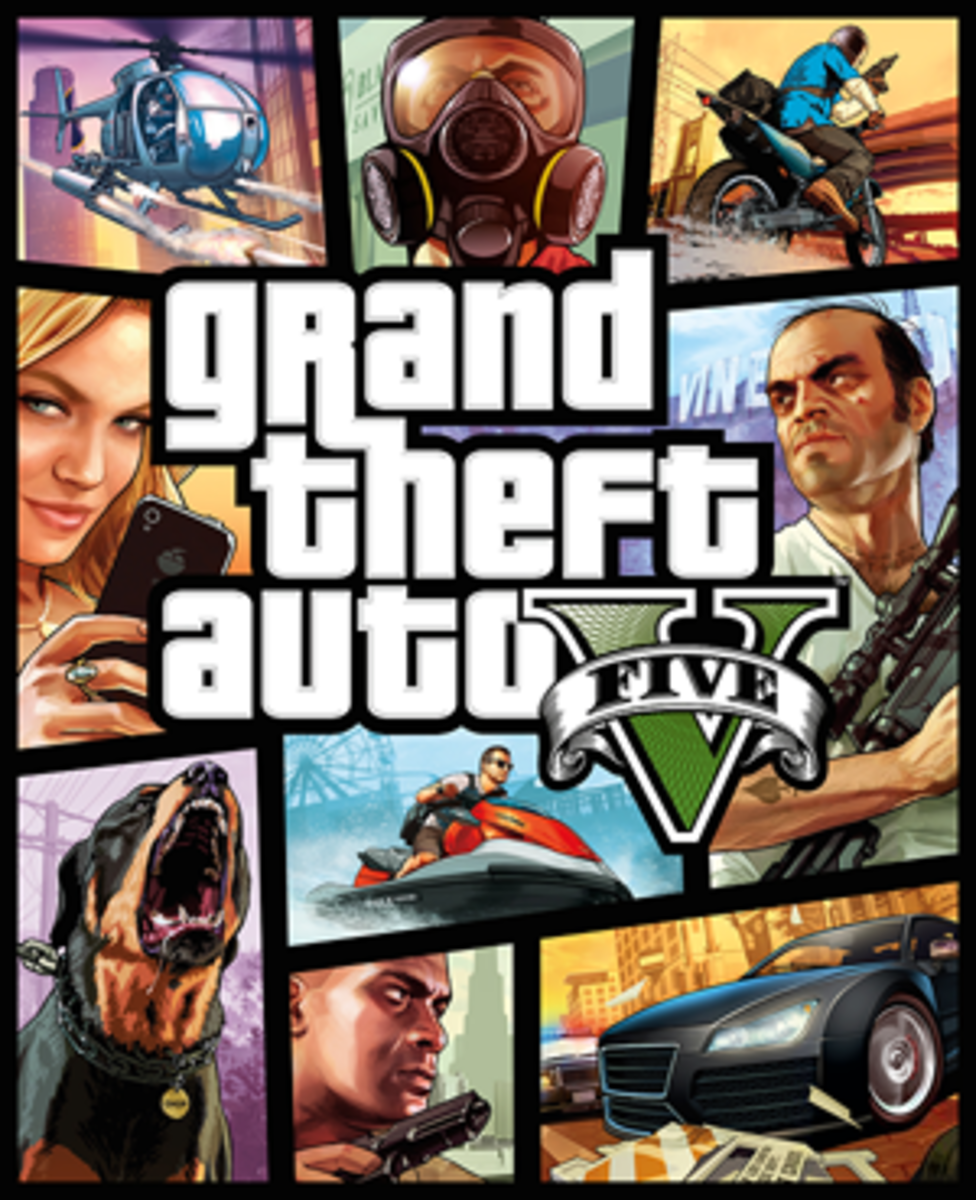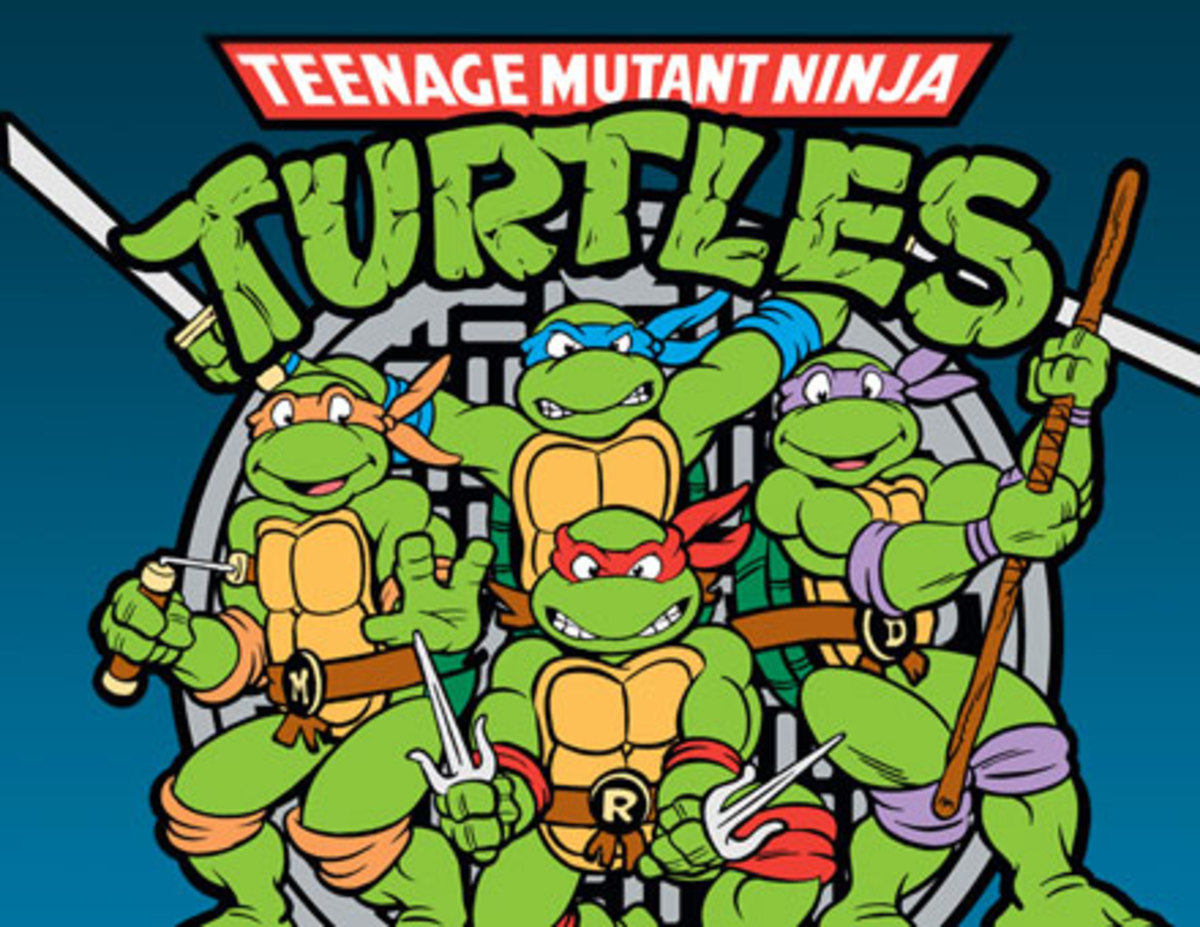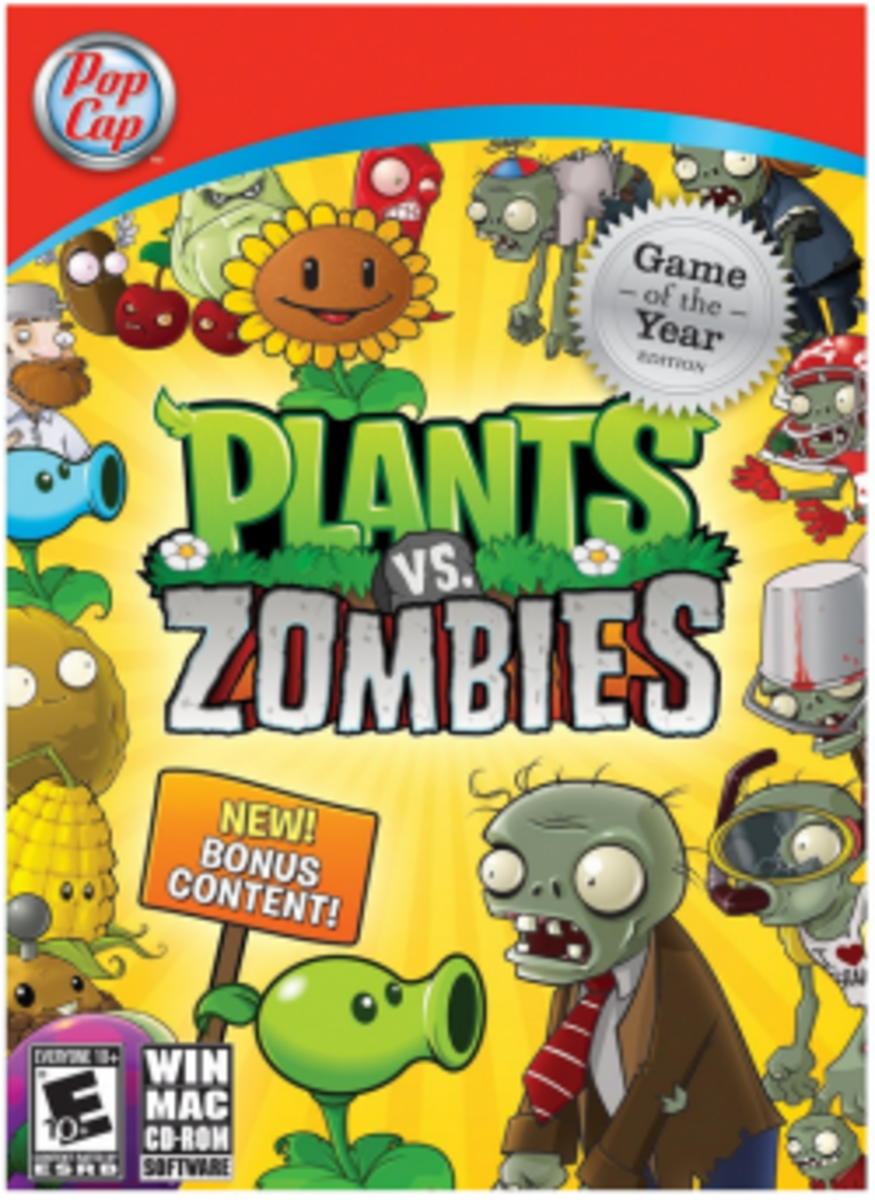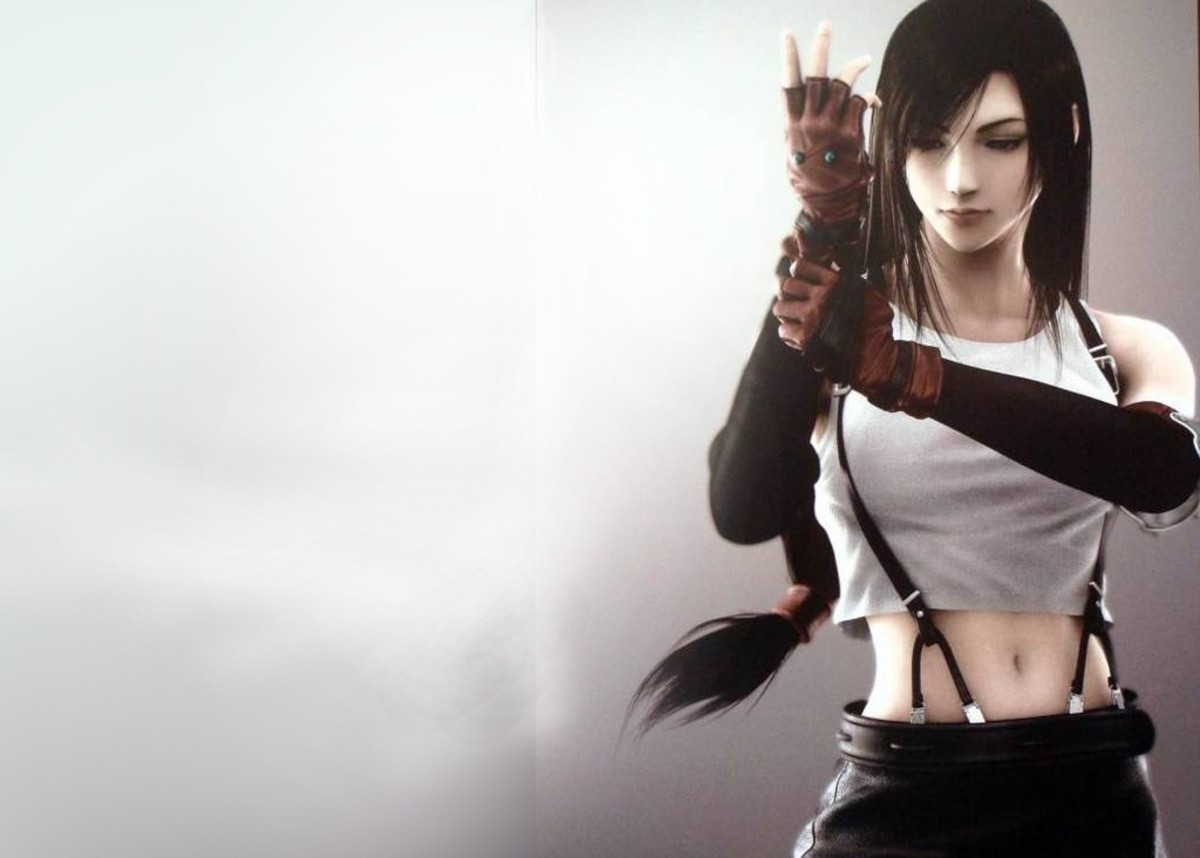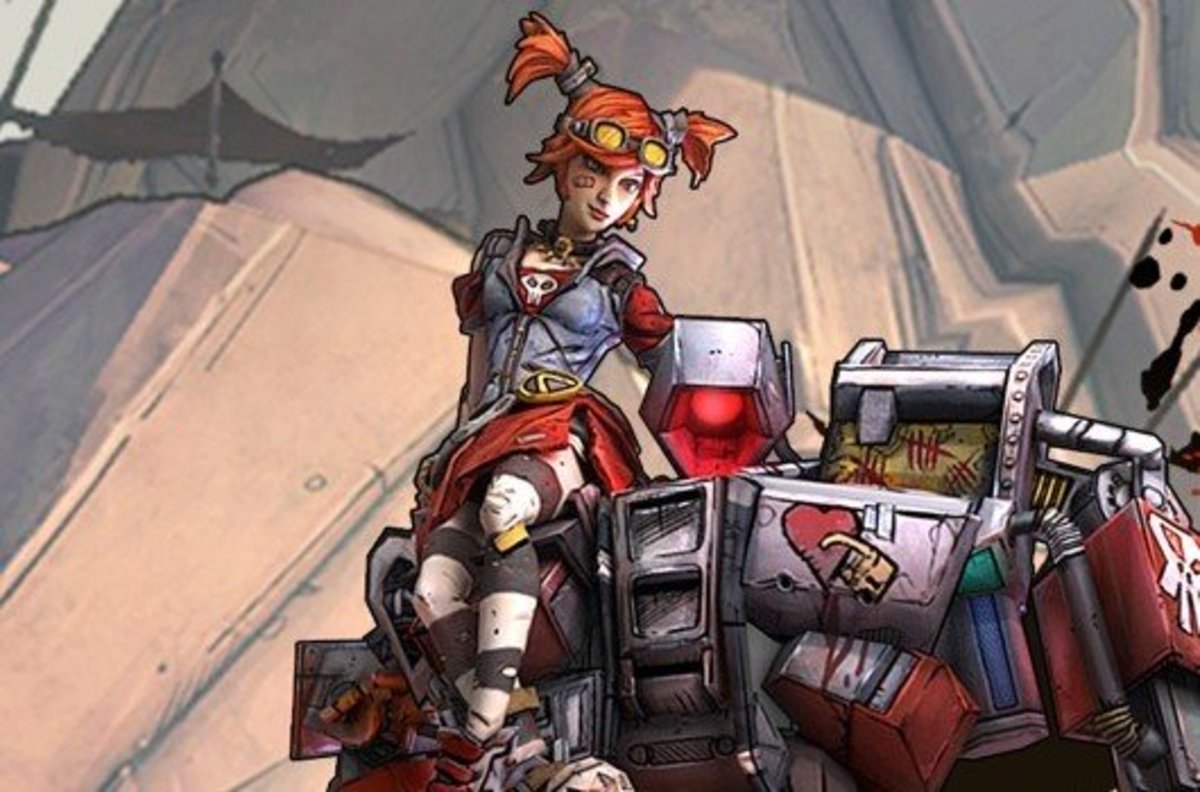The Overhyped Legacy of Toby Fox: Why Undertale and Deltarune Fall Short Compared to Hotline Miami

The Overhyped Legacy of Toby Fox: Why Undertale and Deltarune Fall Short Compared to Hotline Miami
In the indie gaming world, few developers have garnered as much adoration as Toby Fox, the creator of Undertale and its spiritual successor, Deltarune. Lauded for their quirky humor, emotional storytelling, and retro aesthetics, these games have cultivated a massive following. However, a closer examination reveals that Fox’s work is vastly overrated, propped up by a cult-like fanbase and a nostalgia-driven aesthetic that pales in comparison to the raw, unfiltered brilliance of Hotline Miami, a game that achieves more with less. This essay argues that Undertale and Deltarune are fundamentally flawed—marred by questionable design choices, juvenile humor, and an overly safe approach to game design—while Hotline Miami stands as a superior example of indie gaming done right.
The Creator’s Context: Furry Allegations and Creative Intent
One of the most persistent criticisms of Toby Fox is his association with furry subculture, a point often raised by detractors to question the sincerity of his creative vision. While Fox’s personal affiliations are speculative, the anthropomorphic characters in Undertale and Deltarune—from goat-like Toriel to dog-themed guards—lean heavily into animalistic designs that resonate with furry aesthetics. This is negative because of the implications of extreme sexual deviancy sexualizing animals and host of other disgusting and bizarre sub fetishes in the furry community, this fuels the perception that Fox’s games cater to a niche audience, alienating players who don’t share this sensibility. The storylines of both games, which emphasize befriending monsters and forming emotional bonds, can feel like a thinly veiled allegory for embracing subcultural identities, which some critics interpret as pandering to a specific demographic.In contrast, Hotline Miami, developed by Dennaton Games, avoids such niche affiliations. Its creators, Jonatan Söderström and Dennis Wedin, crafted a game with universal appeal, unburdened by subcultural baggage. The game’s protagonist, Jacket, is a stoic, unnamed figure whose motivations are left ambiguous, allowing players to project their own interpretations onto him. While the claim that Jacket is “Ryan Gosling” stems from fan comparisons to Gosling’s stoic persona in films like Drive, the absence of explicit cultural signaling in Hotline Miami makes it feel more inclusive and less like a love letter to a specific community.
Funding and Ambition: Kickstarter Hype vs. Grassroots Grit
Toby Fox’s Undertale famously raised over $50,000 on Kickstarter, a modest sum by AAA standards but significant for an indie project. The claim of “billions of dollars” is an exaggeration, but the crowdfunding success inflated expectations, positioning Undertale as a cultural phenomenon before its release. This hype created a feedback loop where fans overlooked flaws, praising the game as revolutionary despite its simplicity. Deltarune followed suit, riding the coattails of Undertale’s success without needing crowdfunding, yet it retained the same formulaic approach, suggesting a lack of ambition to evolve beyond Fox’s comfort zone.Hotline Miami, by contrast, was developed on a shoestring budget—described hyperbolically as “the cost of two IKEA chairs.” This lean approach forced Dennaton to focus on tight gameplay and innovative design, proving that creativity thrives under constraints. While Undertale leaned on its Kickstarter funds to polish its presentation, Hotline Miami’s raw, unpolished edge became its strength, delivering a visceral experience that didn’t rely on inflated expectations or fan-driven hype.
Creative Vision: A Game for “Pussies” vs. Unapologetic Violence
Fox’s stated goal for Undertale was to create a game where players could choose non-violence, sparing enemies through dialogue and empathy. This pacifist-friendly approach, while innovative, can feel patronizing, as if designed for players unwilling to engage with traditional gaming challenges. The “game for pussies” critique, while harsh, reflects the sentiment that Undertale prioritizes emotional hand-holding over mechanical depth. Deltarune doubles down on this, with its linear narrative and limited combat options, making it feel like a safe, predictable experience that avoids pushing players out of their comfort zones.Hotline Miami, on the other hand, was built with the explicit intent to be “the most violent game ever.” Its relentless pacing, brutal combat, and unforgiving difficulty create a nerve-wracking experience that demands precision and adaptability. Unlike Fox’s games, which coddle players with moral choices, Hotline Miami throws them into a chaotic world of bloodshed and moral ambiguity, trusting them to navigate its challenges without a safety net. This audacity makes it a bolder, more engaging experience.
Visuals: Ugly Pixels vs. Beautifully Crafted Art
The pixel-art style of Undertale and Deltarune is often criticized as simplistic and unrefined. The blocky sprites and minimalistic environments, while charming to some, lack the polish and personality of other indie titles. The claim of “ugly pixel-art” resonates with players who find the visuals dated or uninspired, especially when compared to games that use retro aesthetics more effectively. The character designs, including the ambiguous, childlike protagonists (often interpreted as “some Chinese child” due to their neutral, anime-inspired appearance), feel generic and fail to leave a lasting visual impact.Hotline Miami’s pixel-art, by contrast, is a masterclass in retro done right. Its vibrant neon palette, pulsating animations, and meticulous level design create a cohesive aesthetic that feels both nostalgic and modern. Every blood-splattered room and flickering light contributes to the game’s oppressive atmosphere, proving that pixel-art can be “beautifully crafted” when executed with care. The visual clarity of Hotline Miami enhances its gameplay, making enemy patterns and environmental cues easy to read, unlike the cluttered, simplistic visuals of Fox’s games.
Soundtrack: Chiptune Nostalgia vs. Genre-Defining OST
Toby Fox’s chiptune soundtracks for Undertale and Deltarune are often praised, but critics argue they lean too heavily on “I try to be retro” nostalgia. The 8-bit-inspired tracks, while catchy, can feel derivative, mimicking classic RPGs like EarthBound without adding much originality. The repetitive melodies and lack of sonic variety make the music feel like a gimmick, appealing to players who fetishize retro gaming but lacking the depth to stand alone.Hotline Miami’s soundtrack, however, is widely regarded as one of the best in gaming history. Featuring artists like M|O|O|N and Perturbator, its synthwave tracks create an immersive, adrenaline-pumping atmosphere that perfectly complements the gameplay. Far from chasing retro trends, the OST feels timeless, blending 80s-inspired synths with modern production to create a sound that’s both nostalgic and forward-thinking. The music doesn’t just accompany the game—it defines it, elevating every moment of violence and tension.
Narrative: Furfag Fantasy vs. Tragic Revenge
The stories of Undertale and Deltarune revolve around forming bonds with quirky monsters, a narrative some critics deride as “about becoming a furfag.” While this is an oversimplification, the games’ focus on anthropomorphic characters and emotional resolutions can feel juvenile, prioritizing whimsy over substance. The player’s journey—whether sparing enemies in Undertale or navigating friendships in Deltarune—often feels like a sanitized fantasy, lacking the complexity or stakes to resonate with mature audiences.Hotline Miami’s narrative, by contrast, is a gritty, tragic tale of a man driven by revenge who “fucks up everything by accident.” Jacket’s descent into violence, fueled by cryptic phone calls and his own fractured psyche, is deliberately ambiguous, inviting players to piece together its meaning. The story’s refusal to spoon-feed answers or moralize makes it far more compelling than Fox’s heavy-handed themes of friendship and redemption. It’s a narrative that respects the player’s intelligence, offering depth without preaching.
Humor and Tone: Cringey Memes vs. No-Nonsense Intensity
Undertale and Deltarune are notorious for their “cringey memes,” from Sans’ puns to the internet-inspired humor of characters like Lancer. While some fans find this charming, others see it as pandering to a younger, meme-obsessed audience. The self-aware, fourth-wall-breaking dialogue often feels forced, undermining the games’ emotional moments with juvenile gags that date poorly.Hotline Miami eschews memes entirely, maintaining a grim, focused tone. Its surreal narrative and minimalist dialogue create an unsettling atmosphere, free of cheap laughs or pop culture references. This restraint makes the game feel timeless, avoiding the pitfalls of humor that quickly becomes dated or embarrassing.
Gameplay: Baby’s First Bullet Hell vs. Nervous Precision
The combat in Undertale and Deltarune introduces a “baby’s first bullet hell” system, blending RPG mechanics with simplistic dodge-based minigames. While innovative for combining genres, the bullet hell segments are slow and forgiving, designed to be accessible rather than challenging. This approach, while inclusive, lacks the depth to satisfy players seeking a true test of skill, making the gameplay feel like an afterthought to the story.Hotline Miami’s gameplay, described as “nervous,” is the polar opposite. Its top-down, fast-paced combat demands split-second decisions, punishing mistakes with instant death. The tight controls and relentless difficulty create an addictive loop that rewards mastery, making every victory feel earned. Unlike Fox’s games, which prioritize narrative over mechanics, Hotline Miami balances its story and gameplay, ensuring neither feels like an afterthought.
Conclusion: Toby Fox’s Overrated Legacy
Toby Fox’s Undertale and Deltarune have been hailed as indie masterpieces, but their flaws—simplistic visuals, juvenile humor, and overly safe gameplay—reveal them as overhyped products of fan-driven adoration. The furry undertones, meme-heavy dialogue, and retro posturing cater to a niche audience, while the games’ lack of ambition fails to push the medium forward. In contrast, Hotline Miami achieves greatness through its bold vision, stunning visuals, genre-defining soundtrack, and punishing gameplay. Developed with minimal resources and no reliance on crowdfunding hype, it proves that true innovation comes from creativity, not fan service. Toby Fox may be a talented composer and storyteller, but as a game developer, he’s overrated, overshadowed by the raw brilliance of Hotline Miami.




